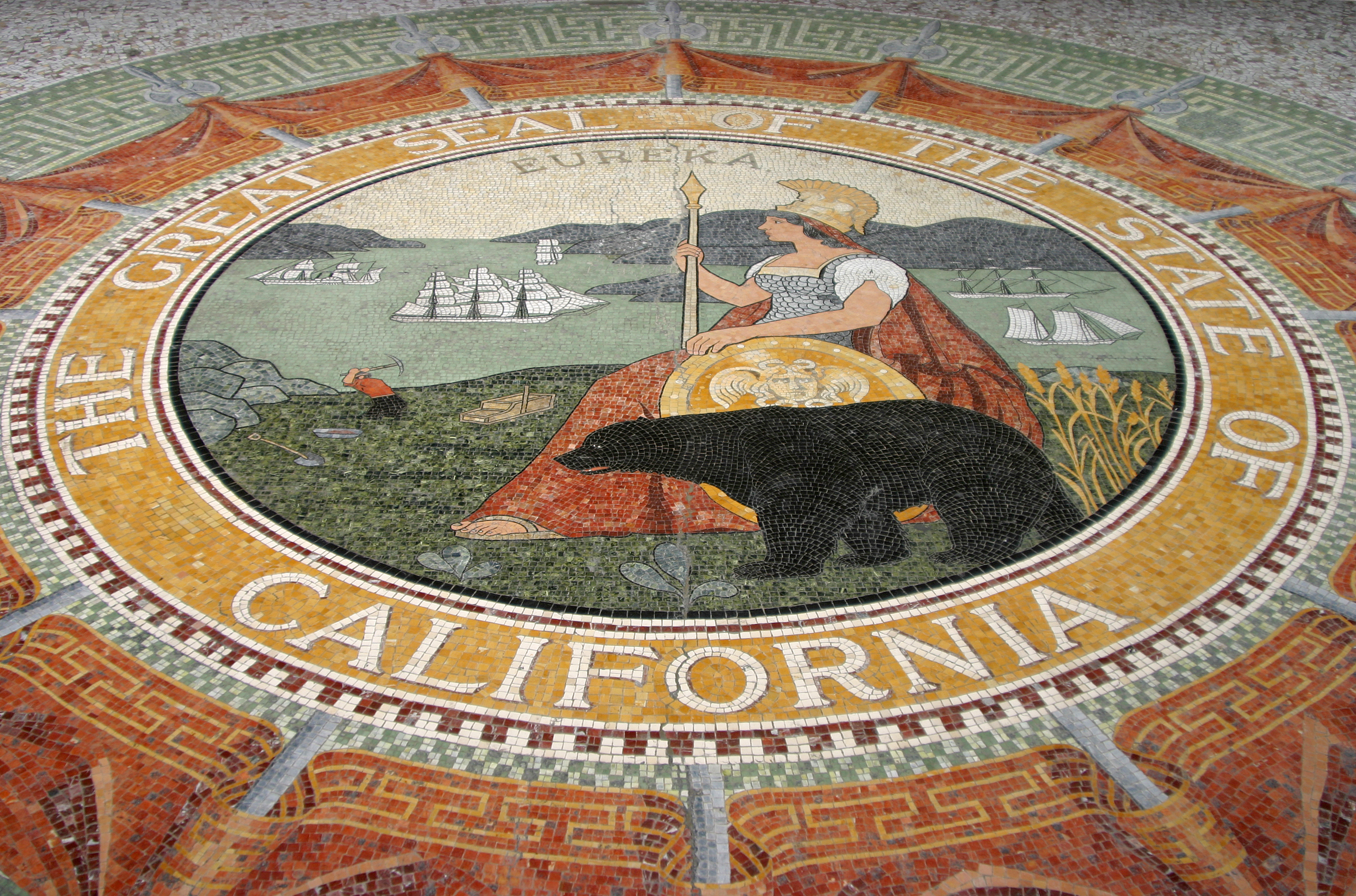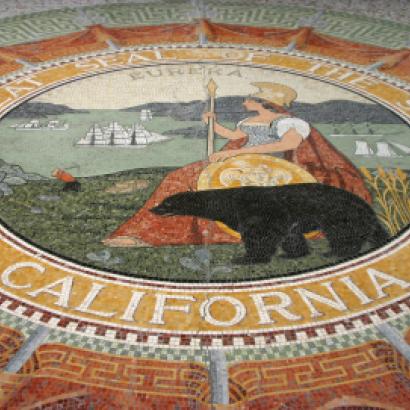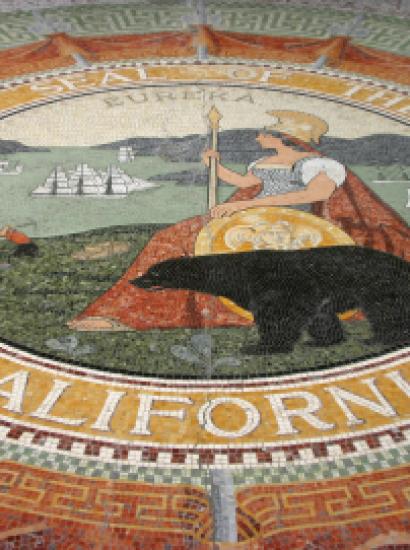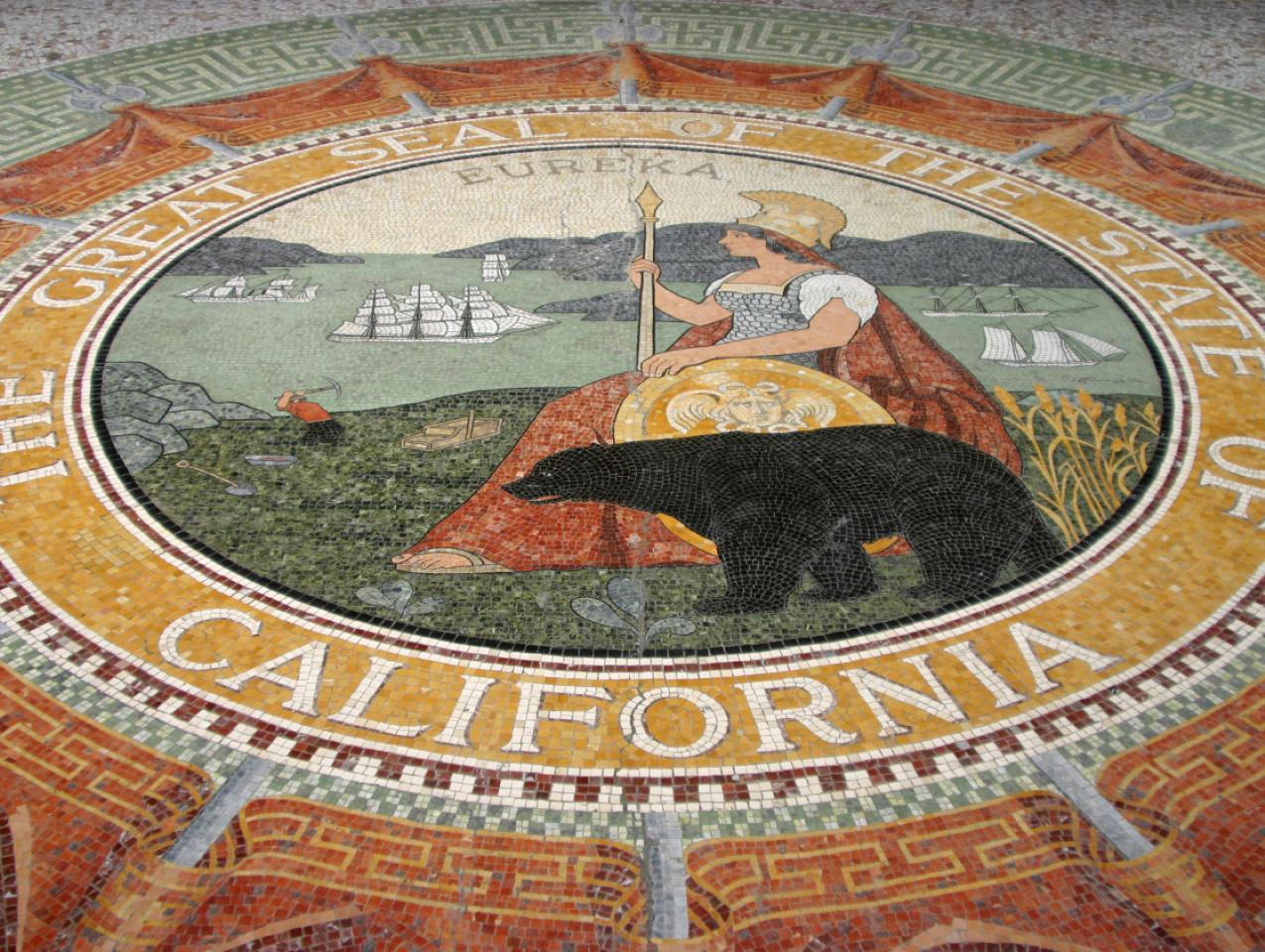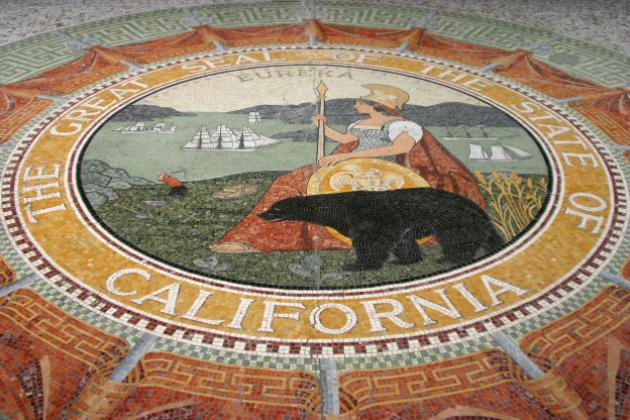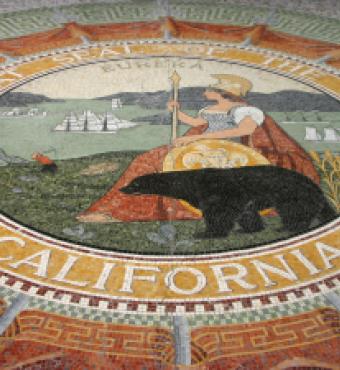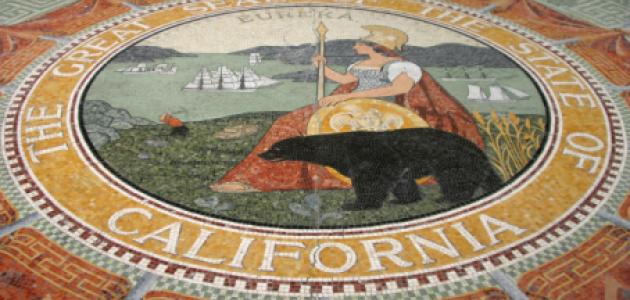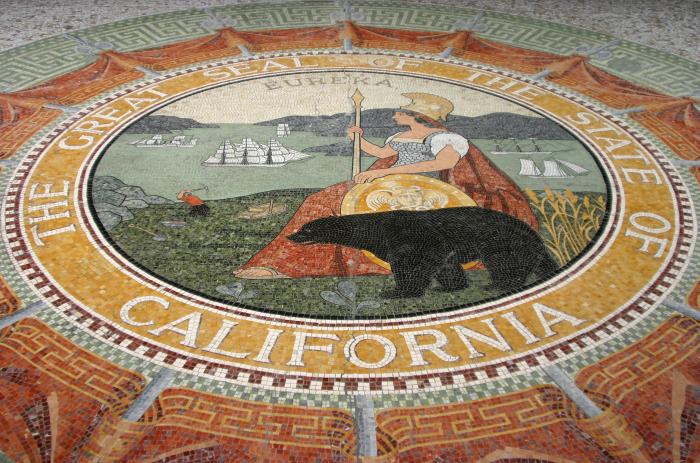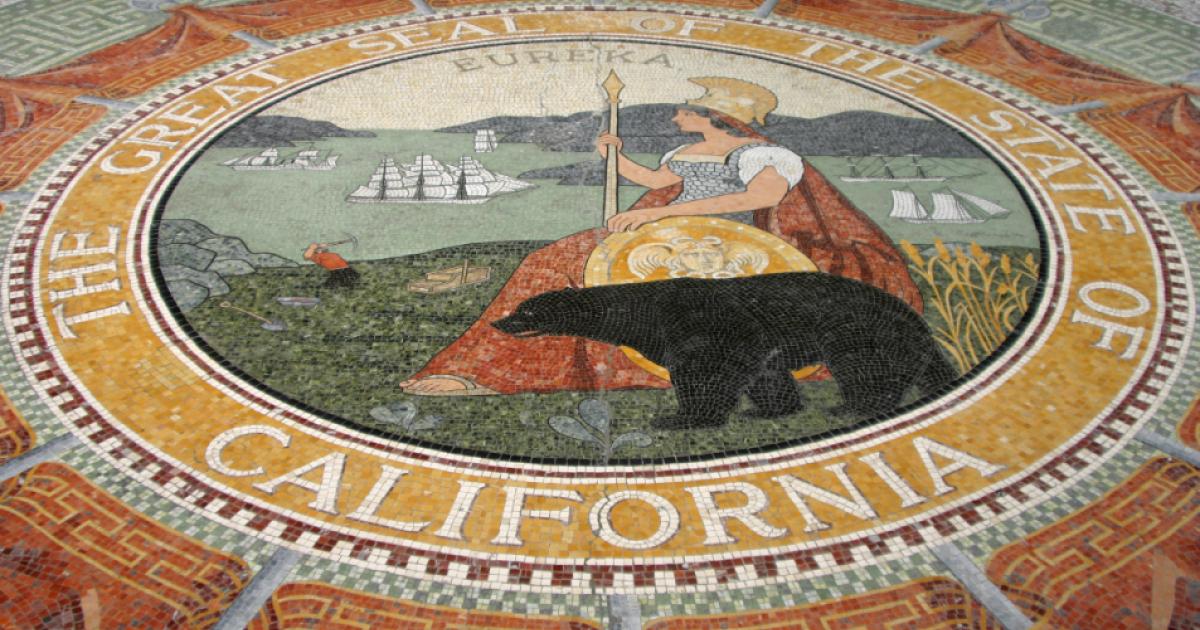- State & Local
- California
Two pieces of Sacramento-posted mail showed up at my home late last week—each a reminder of the Golden State’s shortcomings.
The first arrival was a paper-thin envelope from the state controller’s office containing an even thinner tax refund. My one-time windfall: $2.
You read that correctly: two bucks. The State of California, in its infinite kindness, sent me a tax refund that covers the cost of one-third of a gallon of gasoline or not quite the value of a hamburger “Happy Meal” at McDonald’s.
What’s irksome about this act of kindness, other than that it comes at the same time California lawmakers are pondering what do to with a record revenue surplus that I’ll likely not see a dime of after means-testing and election-year considerations are factored in: what it says about California’s commitment to a leaner, greener government.
As I e-file my return each year and specify that any excess payment be applied to next year’s taxes, I’m not sure why a paper check arrived in the mail. That same check may have cost a tree its life, just as the transportation of said paper check from Sacramento to my home in Palo Alto involved the burning of fossil fuels on the part of mail trucks (the ink on the check also may be a petroleum product).
That’s a lot of “green” to sacrifice for two greenbacks.
The other bothersome piece of mail that arrived last week: the state’s official voter information guide for California’s June 7 primary election—bothersome in that the words contained in that guide point to what should be a relatively dull election in the Golden State.
For this, you can thank California Democrats, who dominate the legislative and executive branches of state government. Over a decade ago, then governor Jerry Brown signed a bill moving statewide initiatives and referenda to the November ballot— an unstated reason being that conservative-based ideas are less likely to succeed over the progressive in higher-turnout general elections. If it’s a spirited debate you want regarding the great issues of our time, you’ll just have to wait until the fall (here’s a list of California ballot initiatives and referenda cleared for circulation).
But there’s another reason why California primaries suffer from “June gloom”: preordained outcomes. And for this you can blame Golden State voters.
Dating back to the beginning of this century, Democrats in California have won 47 of 48 statewide partisan contests not directly involving Arnold Schwarzenegger and his two gubernatorial campaigns (I’m counting president, US Senate, and state constitutional offices, but not including the superintendent of public instruction, in which party labels are left off the ballot, or Board of Equalization races).
What this means: California’s “jungle” primary (the top two finishers move on to November regardless of party affiliation) is not unlike the law of the jungle. Wounded animals (i.e., incumbents) are prey; where there’s a vacancy, alpha candidates seek dominance over the pack. Here in the Democrat-rich San Francisco Bay Area, this explains why I’m seeing heavy doses of two political ads: an attack spot by a fellow Democrat against incumbent state insurance commissioner Ricardo Lara, who’s served under an ethical cloud; and a biographical spot by state controller hopeful Malia Cohen touting her toughness as a fiscal watchdog (as opposed to her woke verbiage in the voter information guide: “I won’t back down from the big fights, especially against historic inequities, attacks on reproductive freedom, and an escalating homeless crisis . . .”).
Not that this debate would happen in a California primary, given that the June ballot vote is devoid of initiatives and referenda that could spark a makeover in Sacramento, but perhaps it’s time for Californians to take a closer look at the structure of their state government—and consider a few changes.
My suggestions:
Merge Two Offices. California presents voters with a choice of no fewer than eight state officers every four years (governor, lieutenant governor, secretary of state, attorney general, insurance commissioner, superintendent of public instruction, state controller, and state treasurer). I’d merge the latter two offices.
Why combine the treasurer and controller into one entity? Both are fiscal-financial posts (the controller is the state’s CFO; the treasurer its head banker). As you’ll see from their respective web pages, the treasurer is actively selling bonds but not otherwise swamped with work, while the controller . . . well, she’s not exactly leaving office on a high (or productive) note.
Eliminate One. California’s one of 27 states that allow voters to choose the chief school officer. In 17 other states, the governor makes the call. My suggestion: re-establish a cabinet-level education secretary reporting to the governor (which existed until 2011) and do away with the most ceremonious office of superintendent of public instruction, or SPI.
Moreover, California should make the change soon—before another pandemic wave and its effect on the Golden State’s public school system again exposes the current design flaw. What I’m referring to: the present SPI, Tony Thurmond, for the most part has been missing in action and unwilling to challenge teachers’ unions over COVID policies (which shouldn’t come as a surprise, as Thurmond was the unions’ darling when he first sought the position four years ago).
Link Two Others. At least the SPI has a natural constituency. The same’s not true of California’s lieutenant governor, who’s first in line to run the state should tragedy befall the elected governor and who serves as “acting governor” when the governor leaves California airspace (another outdated rule in need of revision) but otherwise has a limited policy portfolio.
This was the post that Gavin Newsom held prior to becoming California’s 40th governor—a post Newsom used to his political benefit by wading into hot-button ballot-measure issues (marijuana legalization, gun control) that raised his profile but weren’t necessarily germane to his elected office.
Imagine a Sacramento in which the guv and “lite guv” come from different parties and thus don’t share the same policy sensibilities. A conservative lieutenant could undo progressive policies by issuing executive orders the moment the elected governor left the state—necessitating the governor to come back to California to undo the damage (this dramedy actually played out in Sacramento back in the 1970s).
My fix: if you don’t want to eliminate the office, pair the lieutenant governor and governor as running mates (one of the more intriguing side effects of this change: now having not just a ticket-mate but a potential partner for the next four years, California gubernatorial candidates might become more personally involved in the LG’s race — i.e., lending an endorsement and political muscle to the candidate they could most tolerate for four or more years).
And now that I’ve offered three ideas that will please California conservatives, here’s one they won’t like . . .
Abolish Term Limits. Back when he was a term-limited governor, my former boss, Pete Wilson, liked to joke that the concept “seemed like a good idea at the time” (first approved by voters in 1990, California’s term limit rules were amended in 2012 to enable legislators to amass more seniority in the State Assembly or Senate, while statewide officeholders remain limited to only two four-year terms).
My suggestion: put term limits in a “time out” for the next decade and see if there’s a beneficial effect on state government.
Maybe this won’t have much of an effect on the state legislature, which suffers from all sorts of institutional abuses that term limits won’t remedy (for example, the gutting and amending of bills that can turn a tax cut into a tax hike). Rather, I’m thinking ahead to the year 2030 and, in a world in which term limits and Newsom nots forced to leave office in 2027, the potential completion of a third gubernatorial term (which Pat Brown was seeking in 1966 when he was driven out of office by Ronald Reagan).
At age 63, would the governor try to become California’s FDR by running for a fourth term—or, would 12 years of the roller-coaster ride that’s characterized Newsom’s tenure to date give non-Democrats a chance to make inroads in California elections?
That’s my two cents.
Now, what to do with those two dollars?







